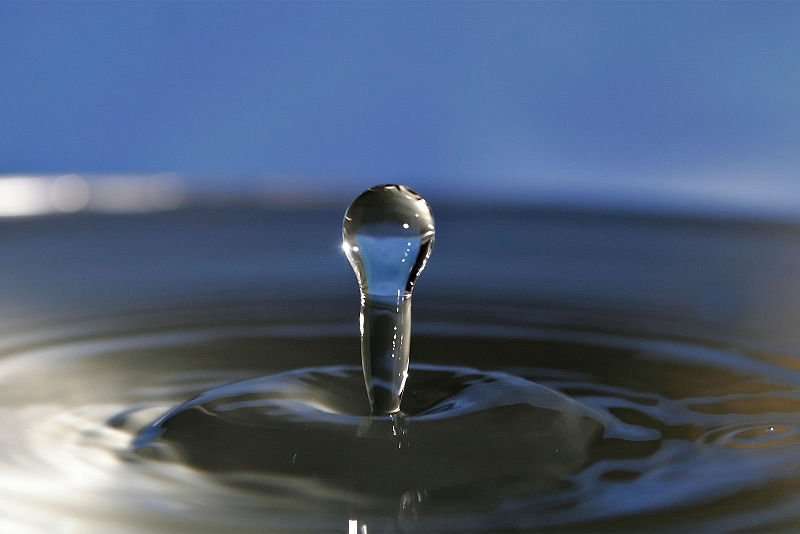The wide reach of corrosion, a multitrillion-dollar global problem, may someday be narrowed considerably thanks to a new, better approach to predict how metals react with water. Researchers at Oregon State University and the University of California, Berkeley, have developed a new computational method that combines two techniques to make predictions faster, less costly, and more effective. The findings, published in Nature Communications, could have a wide range of applications, including in the design of bridges and aircraft engines, both of which are susceptible to corrosion. Doug Keszler, a distinguished professor of chemistry in Oregon State’s College of Science said that every metal except precious metals like gold and silver reacts with water
He also noted that when looking at metals dissolved in water, the chemical assumption has been that a metal dissolves to form a simple salt but however that’s not always what happens. In many cases, it initially dissolves to form a complex cluster that contains many metal atoms. Studying aqueous metal oxide and hydroxide clusters from Group 13 elements: aluminum, gallium, indium and thallium, scientists coupled quantum mechanical calculations with a “group additivity” approach to create Pourbaix diagrams, the gold standard for describing dissolved metal species in water.
Understanding clusters is critical because of the role they play in chemical processes ranging from biomineralization to solution-deposition of thin films for electronics applications. And characterizing corrosion stems from being able to depict metals’ stable phases in water. These examples are not merely hypothetical. Just last summer, a Japanese airline had to refurbish all 100 Rolls-Royce engines on its fleet of Boeing 787 Dreamliners after a series of engine failures caused by the corrosion and cracking of turbine blades. The engines sell for $20 million each.
Most Pourbaix diagrams do not include these metal clusters and hence our understanding of metal dissolution and reaction with water has been lacking.

PsyKoptiK on June 19th, 2017 at 06:19 UTC »
What are the inputs? Surface area? Material types? Any big multi physics packages pick up the science yet?
AspiringSpacePirate on June 19th, 2017 at 04:33 UTC »
What are the implications of this?
Edit: Oh corrosion modelling.
Julianeror on June 19th, 2017 at 03:36 UTC »
Journal Reference: nature.com